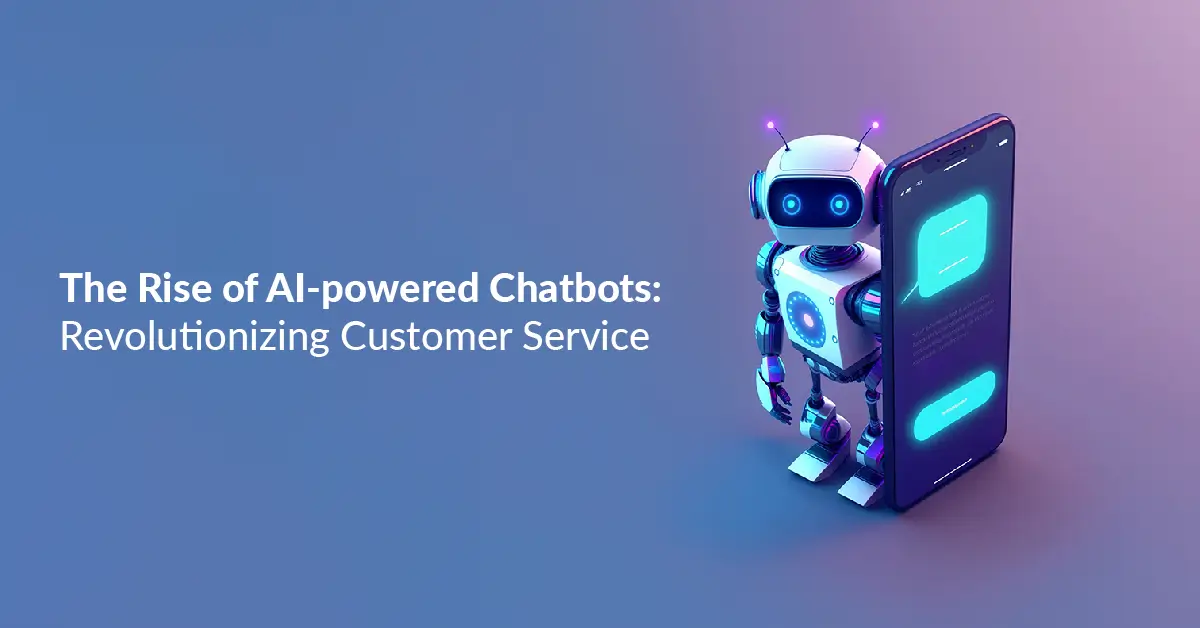High churn rates lead to several negative outcomes for agencies.
Increased Costs: Frequent hiring and training new employees require significant investment. The cost of recruiting, onboarding, and the loss of productivity during ramp-up periods can strain budgets.
Loss of Knowledge: When employees leave, they take their knowledge and expertise with them. This loss can be detrimental, especially when it involves client-specific know-how.
Client Dissatisfaction: Continuity and consistency in service are key to client satisfaction. High turnover can lead to inconsistent service levels and may harm client relationships.
Founder Focus: Because employees leave, the founder has to pitch in and get involved in the delivery. This takes the founder’s focus away from the growth of the company.
Strategies to Reduce Employee Churn
Agency owners can adopt several strategies to manage and reduce employee churn effectively:
Enhanced Employee Engagement: Engaged employees are less likely to leave. Agencies should invest in building a positive work culture that promotes work-life balance, recognizes good performance, and actively engages employees in the decision-making process.
Career Development Opportunities: Providing employees with clear career paths and opportunities for advancement can increase retention. This includes regular training, professional development programs, and transparent promotion paths.
Competitive Compensation: Ensuring that pay and benefits are competitive within the industry is crucial. Regular reviews of compensation structures against market standards can help retain talent.
Feedback and Communication: Regular feedback can help in addressing any issues before they escalate into reasons for leaving. Open lines of communication between employees and management foster a sense of community and belonging.
Leveraging Outsourcing and AI
An emerging strategy to manage operational demands while keeping overheads low is through the judicious use of outsourcing and AI tools. Here’s how agency owners can integrate these solutions:
Limited Payroll, Unlimited Talent: By keeping the core team small and outsourcing specialized tasks to a global talent pool, agencies can access skilled professionals without the overhead costs associated with full-time employees. This approach not only reduces financial strain but also scales with the agency’s project demands.
AI and Automation Tools: Many routine tasks can be automated with AI, reducing the need for human intervention and allowing the agency to operate more efficiently. AI tools can handle everything from data analysis and customer service to media buying and campaign optimization.
Partnerships with Outsourced Companies: Establishing relationships with reliable outsourcing companies allows agencies to maintain high-quality delivery standards. These companies can provide scalable solutions that adapt to varying workloads, ensuring that agencies can manage large projects without the corresponding increase in direct employees.




